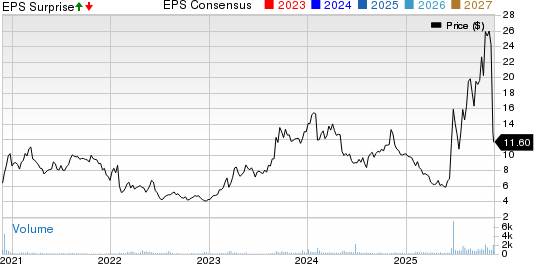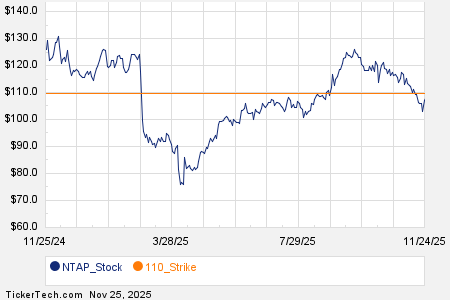The dollar index (DXY) fell by 0.44% on Tuesday, following weaker-than-expected U.S. economic indicators, which increased the probability of a Federal Reserve rate cut at the next FOMC meeting on December 9-10. Key data included a 0.2% increase in September retail sales, below the expected 0.4%, and a decline in the Conference Board’s November consumer confidence index to 88.7, well below the anticipated 93.3. Additionally, the 10-year T-note yield dropped to 3.987%, supporting the dollar’s decline.
In related news, U.S. private payrolls decreased by an average of 13,500 per week as of November 8, while the September PPI rose 2.7% year-over-year, slightly exceeding expectations of 2.6%. The S&P Case-Shiller composite-20 home price index increased by 1.36% year-over-year, the smallest gain in over two years.
In the Eurozone, October new car registrations rose 5.8% year-over-year to 917,000 units. The euro benefited from the weaker dollar and positive economic news, alongside a 2% chance of a European Central Bank rate cut at the December 18 meeting. The yen also appreciated against the dollar amid speculation of possible Japanese government intervention in forex markets, reflecting a high sensitivity to currency movements.







